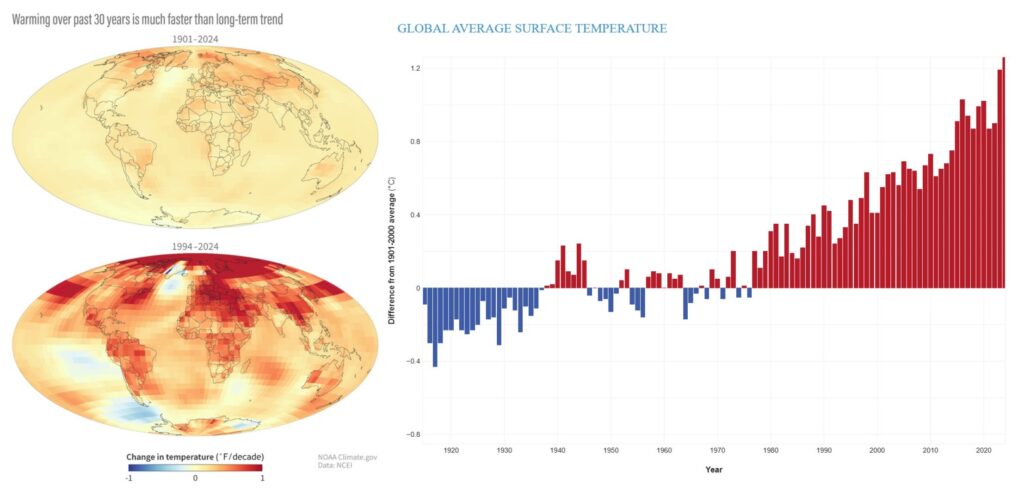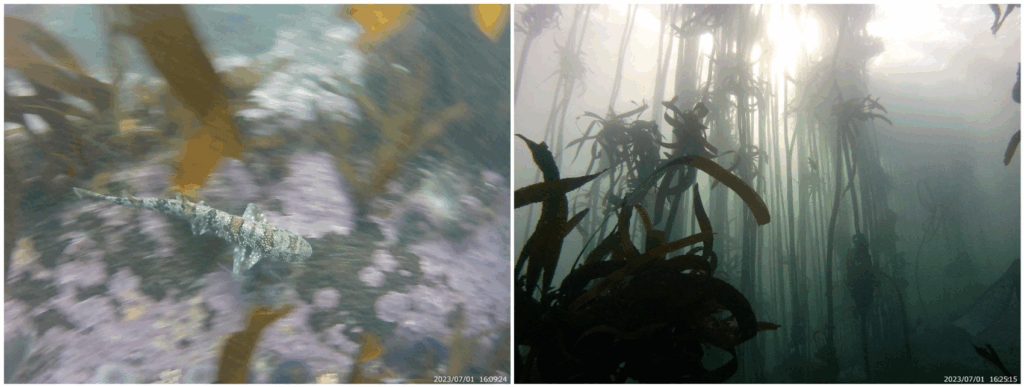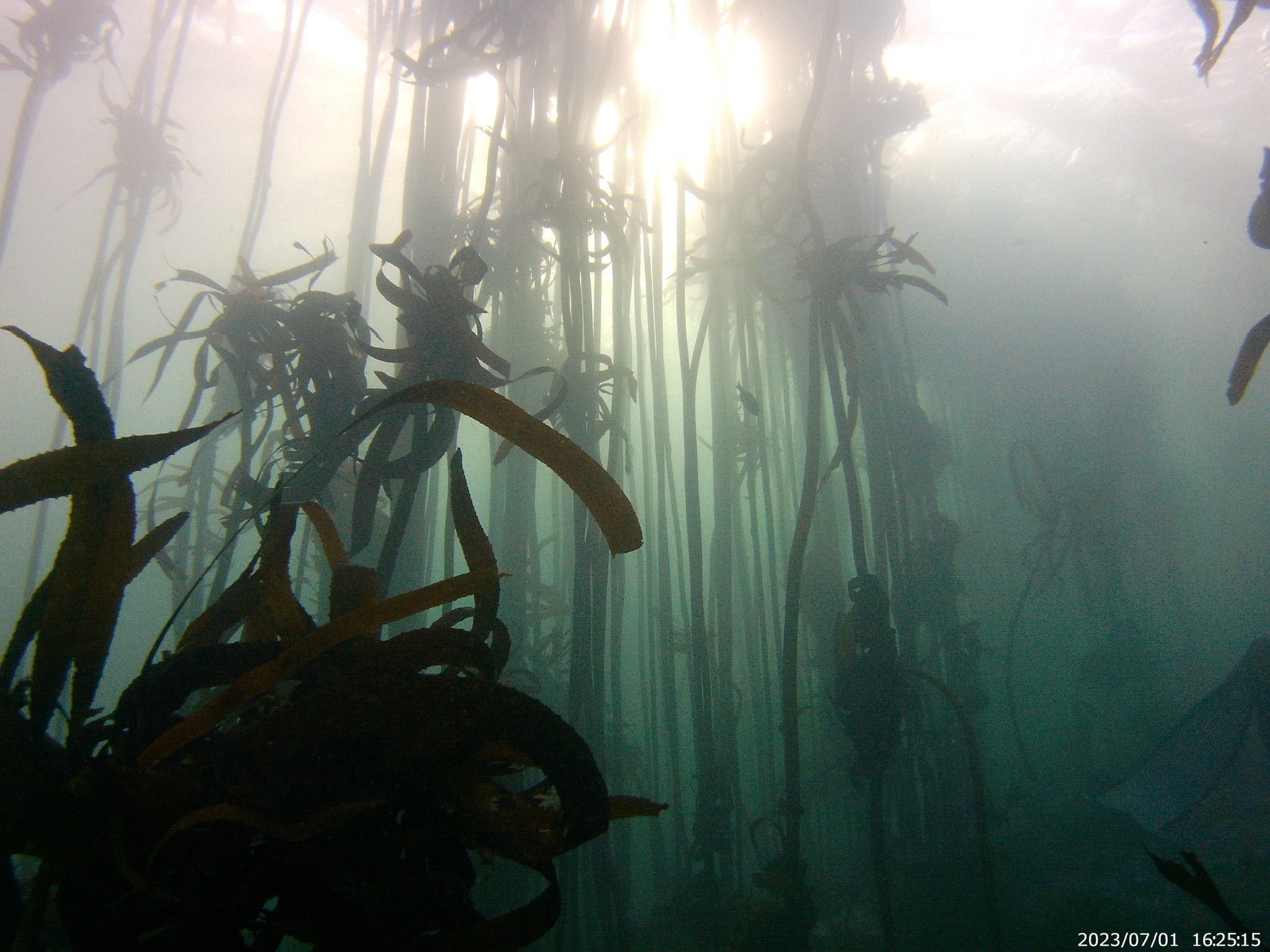Since the late 19th century, the average surface temperature of the earth has risen by 2 degrees Fahrenheit, with the ocean absorbing much of this energy. Alongside this, a 0.6 degree rise in ocean temperatures over the last 40 years has majorly affected marine life and ecosystems. Greenhouse gas emissions continue to increase each year, and with it, sea surface temperature rises. Despite the problem of global warming being the most pressing issue society faces today, we have yet to implement sustainable practices on a large enough scale to offset emissions.
The amount of CO₂ in the atmosphere has increased by 50% since the start of the industrial revolution. In the 10,000 years leading up to the 1800s, the amount of CO₂ in the atmosphere was 280 parts per million (ppm). Since then, it has reached 425 ppm. Meanwhile, the amount of CO₂ stored in the ocean is 16 times greater than that present in the atmosphere. The lack of methods to combat the ever climbing amount of dissolved CO₂ in the ocean, has led some marine scientists to a possible solution: Seaforestation.

Right: Yearly surface temperature from 1880–2024 compared to the 20th-century average (1901-2000). NOAA Climate.gov graph (data from the National Centers for Environmental Information.)
Seaforestation is the practice of replanting and restoring kelp forests to revive an ecosystem that is a highly effective carbon sink. Kelps are large brown algae or seaweeds that are an important ecosystem. From seabirds to sea stars, sky to sea floor, kelp forest ecosystems provide homes for thousands of species.
Aside from its importance to marine organisms as an aquatic ecosystem, scientists are discussing the possibility that kelp forests might serve as a buffer to protect coastal ecosystems. Furthermore, it accomplishes carbon sequestration at a much faster rate than terrestrial forests. Seaweed is a fast growing and plentiful resource which can efficiently absorb CO₂. Species like Macrocystis pyrifera (giant kelp) can grow up to 2 feet per day. Fast growth means a fast rate of photosynthesis and therefore a fast carbon absorption rate. Kelp is also a long-term carbon sink because when it dies, its mass sinks to the sea floor, effectively locking the carbon sequestered in its tissue away from the atmosphere and ocean.

Right: Photo by Tea Vallone of kelp forest off the South African coast.
Because of these qualities, the main goal of Seaforestation is to make use of macroalgae’s abilities to remove excess CO₂ from the atmosphere and water and trap it long-term. If we can increase the amount of CO₂ absorbed by marine flora using Seaforestation methods, we would be on the way to the end of our climate crisis. Covering 70% of Earth’s surface, the ocean is the perfect place to look for the answer to solving our climate crisis, and its space allows great room to develop a climate-altering crop.
Beyond its use as a carbon-sink, seaweed aquaculture supplies a sustainable source of food for livestock, is beneficial for communities and the economy, and counters the damage we’ve done to our world’s oceans. Seaforestation farms are gradually developing around the world to fight climate change and generate food with fewer resources. For example, an Australian company, Sea Forest, cultivates Asparagopsis, a type of edible red macroalgae, to produce SeaFeed™, a commercially sold cattle feed.

